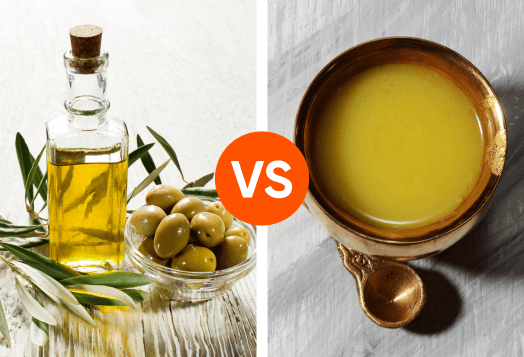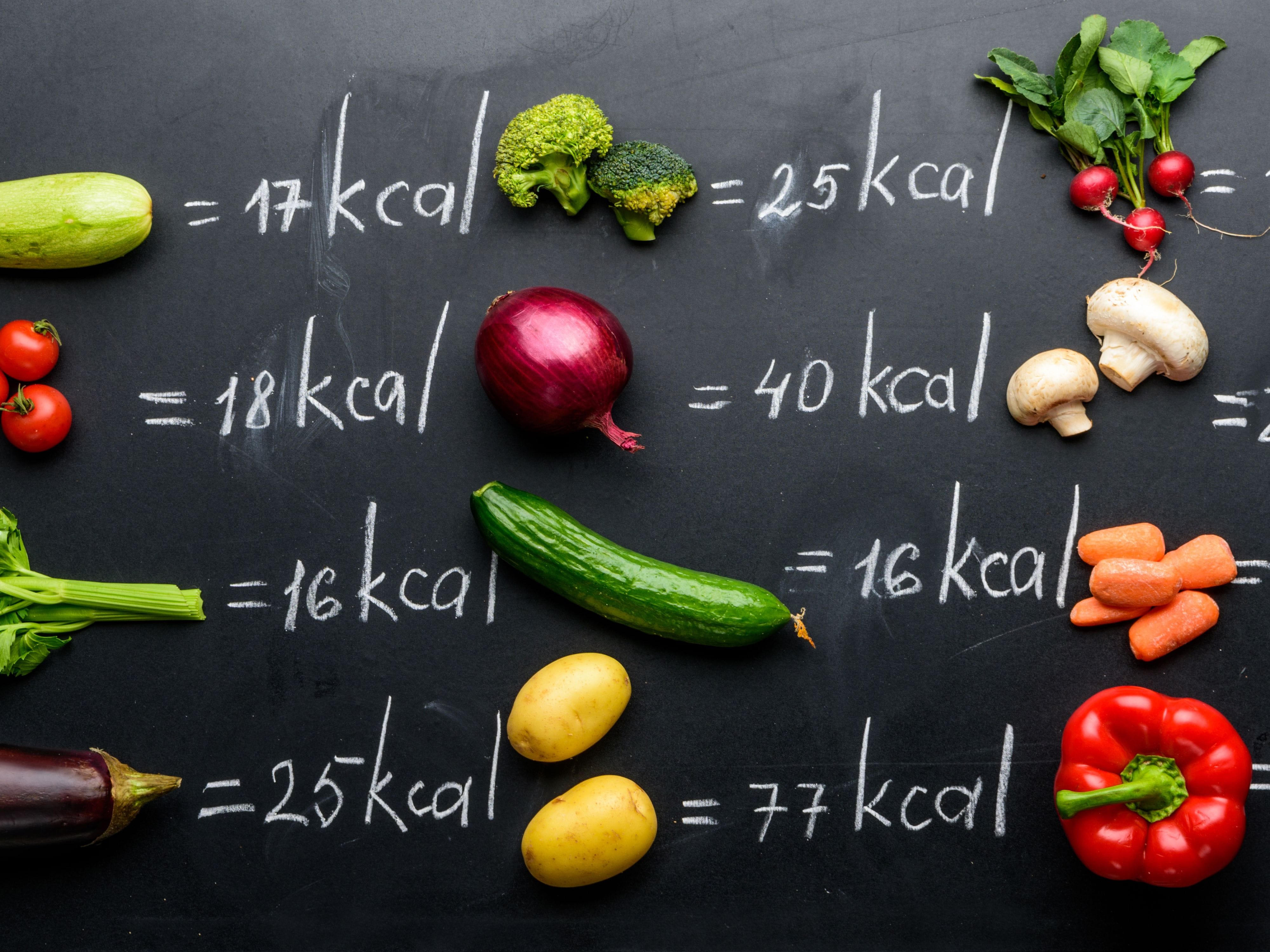
Calories are not your enemy but misunderstood friends. Whether you're losing weight, building muscle, or just trying to keep your favourite jeans fitting, understanding calories is your secret weapon. Let's decode the mystery and make this whole calorie thing work for you.
What Exactly Are Calories?
Calories are units of energy. Think of them as the fuel your body needs to keep everything running smoothly, from your heartbeat to your workouts. Here's where you get them in basic nutrition:
Carbohydrates: 4 calories per gram.
Proteins: 4 calories per gram.
Fats: 9 calories per gram.
Alcohol: 7 calories per gram (cheers, but sip responsibly!).
Why Do We Need Calories?
To do literally everything. Your body is a high-performance machine, and calories are the fuel that keeps it running. Here's how they're used:
Basic functions: Breathing, thinking, and keeping your organs ticking along.
Daily activities: Walking to the shops, typing away at work, or fidgeting in a meeting.
Exercise: From casual yoga to intense HIIT sessions, all movement needs energy.
Thermogenesis: Even digesting food burns calories! This process, called the thermic effect of food (TEF), varies depending on what you eat. Proteins, for instance, require more energy to digest than fats or carbs.
The total calories you burn in a day is called your Total Daily Energy Expenditure (TDEE). Think of it as your personal energy budget.
Calories In vs Calories Out: The Balancing Act
Balancing calories is at the heart of managing your weight. Think of it like running a personal energy bank account:
Caloric Surplus: Eating more than you burn = weight gain.
Caloric Deficit: Burning more than you eat = weight loss.
If you consistently deposit more energy (calories in) than you withdraw (calories out), your body stores the excess as fat or muscle, leading to weight gain. On the flip side, withdrawing more energy than you deposit forces your body to tap into those reserves, resulting in weight loss.
It's not just about the math; the quality of those calories matters, too. A surplus filled with nutrients, while a deficit achieved through balanced eating ensures you're still getting the nutrients your body needs.
Mastering this balance is the ultimate key to achieving your fitness goals, whether you're aiming to bulk up, slim down, or maintain your current weight.
Weight Loss 101: How to Create a Calorie Deficit
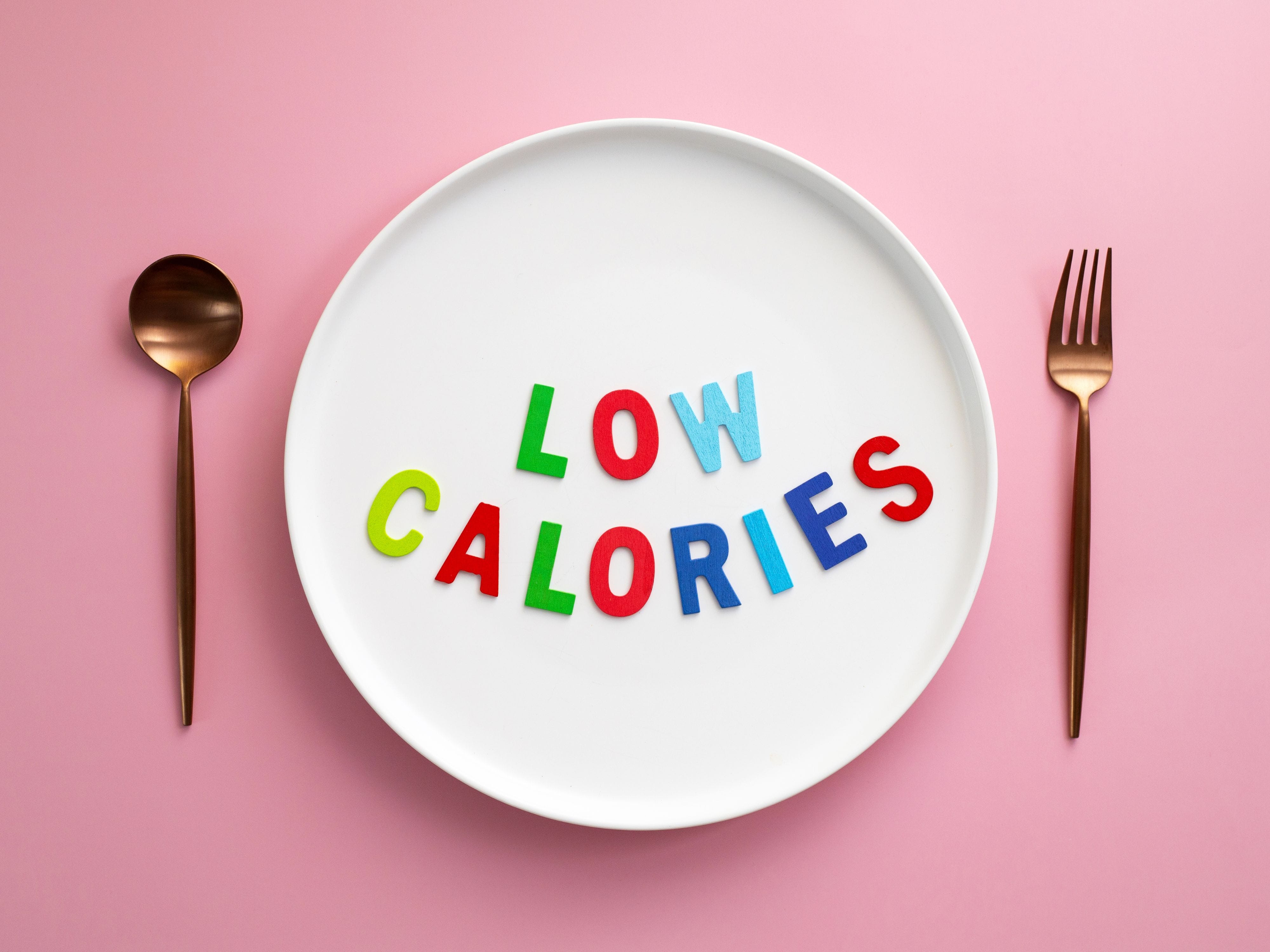
Fitness and calories go hand in hand. Burning weight is all about burning more calories than you eat. Here’s how to do it effectively:
Get Moving: Choose the best workout for you. High-intensity interval training (HIIT) is particularly effective for burning calories in a short time.
Track Your Food: Use an app or food diary to monitor your intake and stay on track. Tracking helps identify patterns, like mindless snacking or hidden calories in sauces and condiments.
Eat More Fibre: Foods high in fibre, like vegetables, fruits, and whole grains, can keep you feeling full longer, making it easier to stay within your calorie budget.
How Many Calories Do You Actually Need?
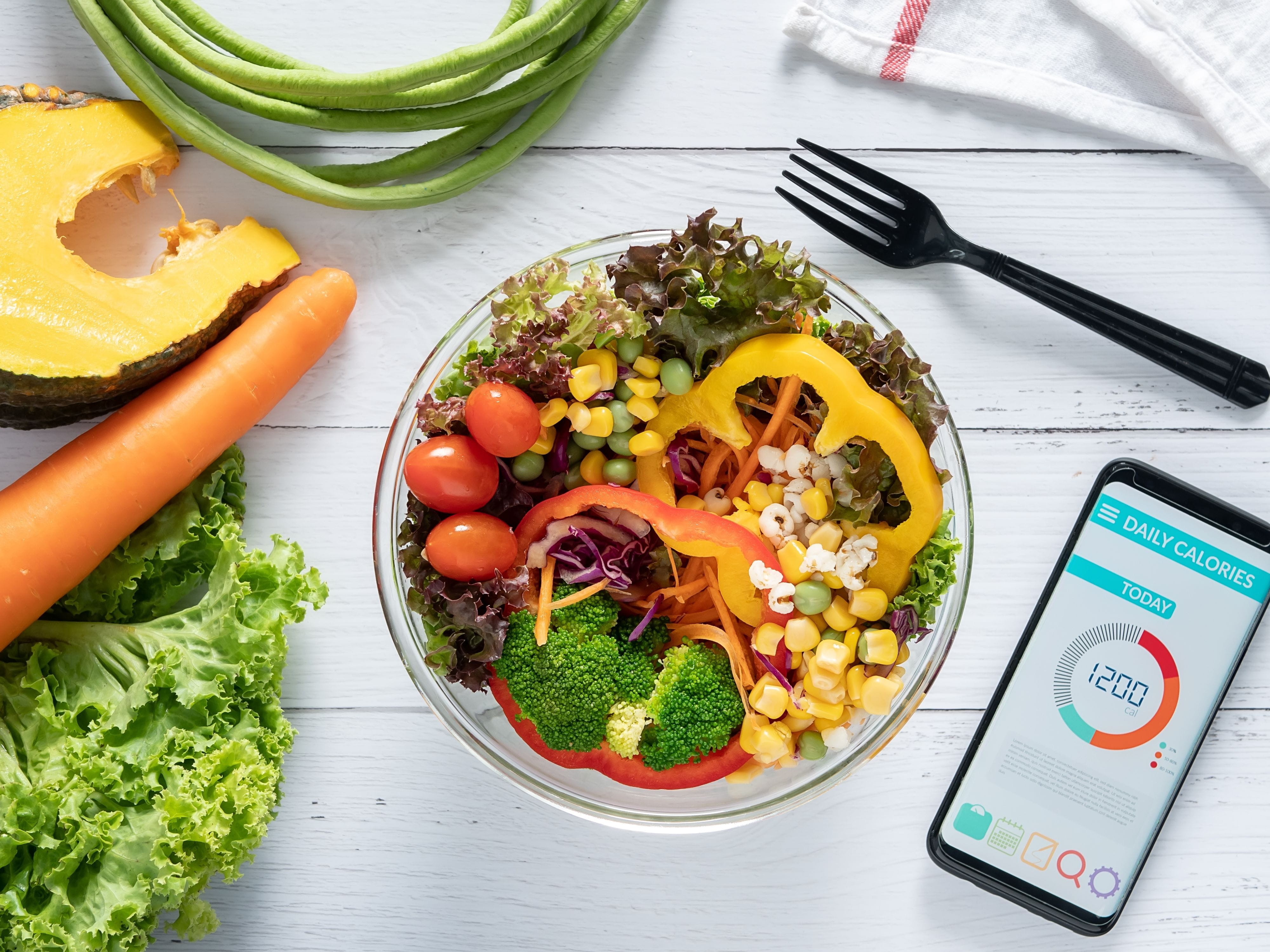
Your calorie needs depend on your age, gender, size, and activity levels. Here's a ballpark:
Men: Around 2,500 calories/day.
Women: About 2,000 calories/day.
For a more accurate number, try an online calorie calculator or the Basal Metabolic Rate (BMR) formula.
BMR represents the calories your body needs just to survive if you are lying in bed all day. Multiply this by an activity factor (sedentary, moderate, or very active) to estimate your TDEE.
Don't forget: Your needs can change. Factors like pregnancy, illness, or even stress levels can alter how many calories your body requires. Regularly reassessing your intake ensures it aligns with your current lifestyle and goals.
Not All Calories Are Created Equal
A calorie isn't just a calorie; what it's made of matters. For example:
A 500-calorie salad packed with lean proteins, healthy fats, and complex carbs fuels you for hours.
A 500-calorie doughnut? Delicious, sure, but it'll leave you hungry and sluggish in no time.
The glycaemic index (GI) of foods also plays a role. High-GI foods like white bread cause rapid blood sugar spikes and crashes, while low-GI options like quinoa provide sustained energy.
Prioritise nutrient-dense foods like:
Lean Proteins: Chicken, fish, tofu.
Healthy Fats: Avocado, olive oil, nuts.
Complex Carbs: Brown rice, quinoa, sweet potatoes.
This approach energises and satisfies you while making those calories work harder for you.
Sneaky Calories: Where They Hide And How to Spot Them
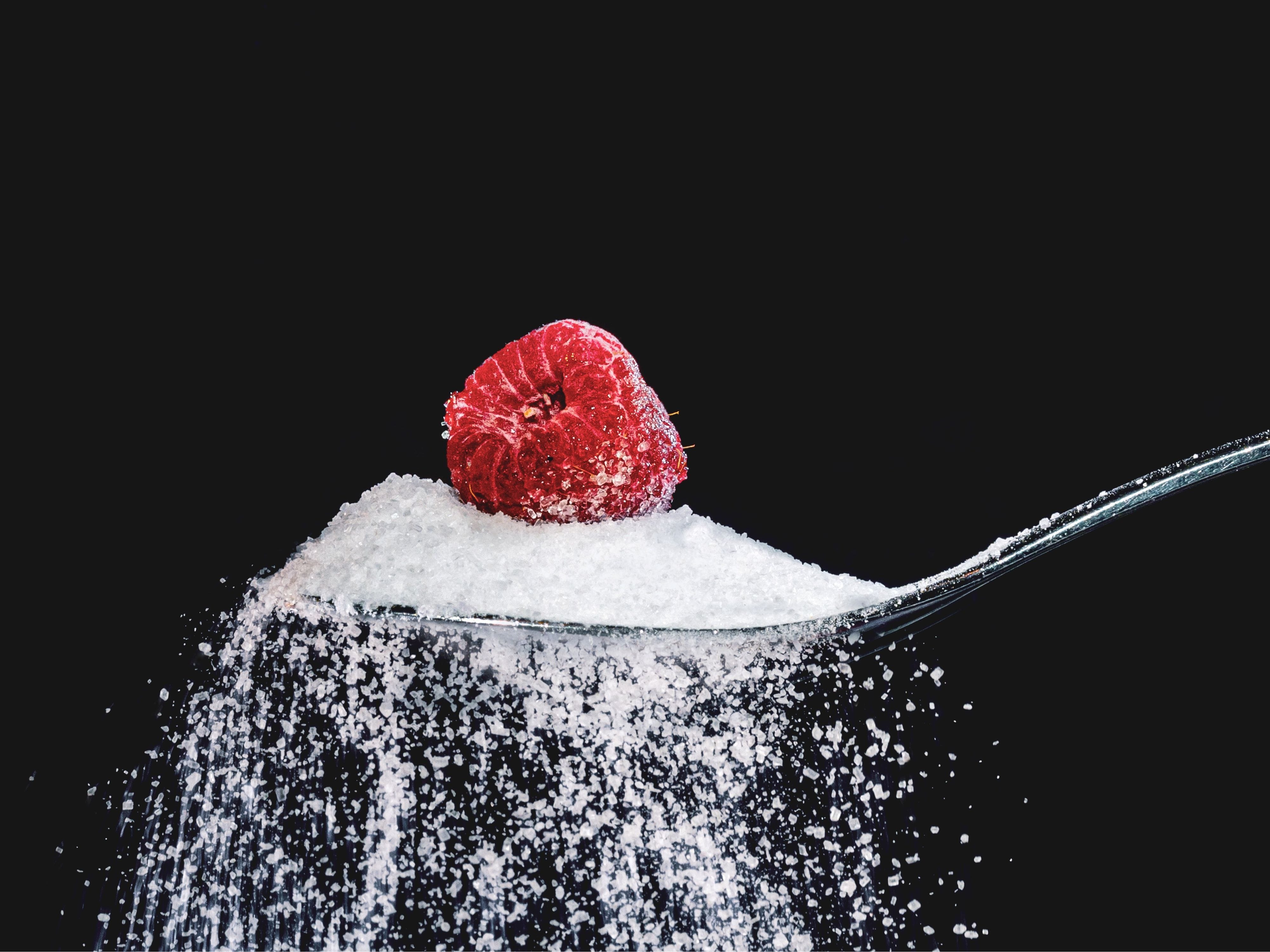
Hidden calories can sabotage your efforts if you're not careful. Watch out for these culprits:
Sugary Drinks: Sodas, fruit juices, and those fancy coffee shop lattes.
Alcohol: Cocktails and pints add up faster than you think.
Snacks: Crisps, biscuits, and even "healthy" granola bars can pack a calorie punch.
Avoid surprises by reading labels, sticking to whole foods, and keeping portion sizes in check.
Your Calorie Game Plan: Tips for Success
Here's how to make calories work for you:
Set Clear Goals: Know whether you're aiming to lose, maintain, or gain weight.
Plan Your Meals: Prep ahead to avoid last-minute unhealthy choices. Keep healthy snacks on hand to curb cravings.
Choose Wisely: Pick foods that fuel your body and support your goals. Experiment with recipes to keep your meals exciting and enjoyable.
Stay Flexible: It's okay to indulge sometimes; everyone deserves a cheat day (for food). Think of it as an 80/20 rule: 80% nutritious choices, 20% treats.
Calories Are Your Fitness Ally
Calories aren't villains; they're tools. Use them wisely to fuel your body, smash your fitness goals, and feel amazing. With the right knowledge and strategy, you're in the driver's seat. So go ahead, take control of your calorie game and crush it!
Disclaimer: This information provided is intended for general informational purposes only. It is not a substitute for professional advice or guidance. For personalised recommendations or specific concerns, please consult a certified professional.


